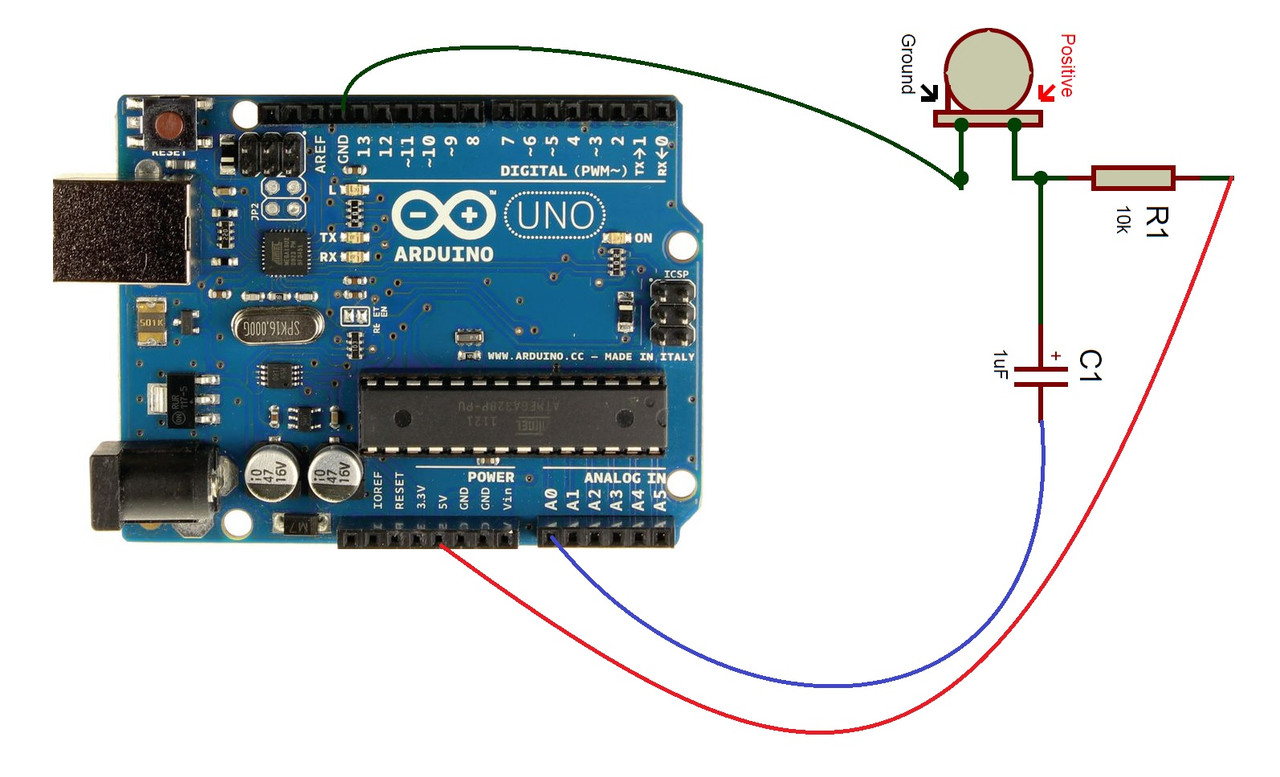AED 5.00
Description
This voice microphone has many channels and can be used with computers, voice-activated toys, tape recorders, mobile phones, and other devices. The sensitivity is in compliance with the IEC standard, and "pa" has a 20dB increase in sensitivity to match that of the "Ubar" unit.
Package Includes:
- 1x Microphone Electret Condenser Sound Detector 9*7mm
Features:
- Low noise
- Low power consumption
- Suitable for a wide variety of Electronic products
- Multi-channel
- Frequency Range: 50 – 20KHz
- Microphone sensitivity 56 – 58DB
Description:
This voice microphone with frequency Range of 50 – 20KHz, and microphone sensitivity of 56 – 58DB, it has many channels and can be used with computers, voice-activated toys, tape recorders, mobile phones, and other devices. The sensitivity is in compliance with the IEC standard, and "pa" has a 20dB increase in sensitivity to match that of the "Ubar" unit.
Principle of Work:
The essential components of an electret microphone are a diaphragm, a few electrodes, and an integrated JFET. The electret MIC gets its name from the diaphragm, which is a thin Teflon substance commonly known as "electret." This electret is inserted between the two electrodes and has a fixed charge (C). consists of two electrodes and a sensitive variable capacitor whose exterior reacts to sound waves, causing a fluctuating capacitance across the two electrodes. One of the electrodes facing the open side of the MIC is moved by sound waves in the form of air pressure, which effectively causes changes across the capacitive plates. The sound pressure hitting the electret at that precise moment is directly proportional to the instantaneous value of the changing capacitance of the MIC.
Pinout of the Module:

The internal structure of an electret microphone resembles a capacitor with two plates; the distance between the plates is directly correlated with the volume of the surrounding environment. Although it can tolerate up to 10V, the suggested operating voltage is 2V, so you can even use a 9V battery. In the design we present, which is suitable for Arduino, we use 5V to operate the microphone. Always be mindful of the polarity of the microphone to ensure that the positive (output) terminal is connected to the supply via the resistor and the ground terminal is connected to the ground.
Applications:
- Noise detectors
- Voice control modules
- Sound recorders
- Activity monitors
Circuit:
As the pinout circuit, we used the same circuit here and connected the output to the A0 pin of the Arduino and the VCC to Arduino 5c and the GND to GND. (this circuit has no op-amp connected then the output of the microphone is not very big)
Library:
This Module doesn't need a library to work.
Code:
When we handle sounds, the first thing we must understand is that the signal we obtain varies quickly and also has a lot of noise.
To do this, we define a time window of 50 ms, equivalent to a frequency of 20 Hz, and we calculate the maximum and minimum recorded within the window. Next, we show the value registered by serial port.
const int sensorPIN = A0;
const int sampleWindow = 50; // Ancho ventana en mS (50 mS = 20Hz)
void setup()
{
Serial.begin(9600);
}
void loop()
{
unsigned long startMillis= millis();
unsigned int signalMax = 0;
unsigned int signalMin = 1024;
// Recopilar durante la ventana
unsigned int sample;
while (millis() - startMillis < sampleWindow)
{
sample = analogRead(sensorPIN);
if (sample < 1024)
{
if (sample > signalMax)
{
signalMax = sample; //
}
else if (sample < signalMin)
{
signalMin = sample; //
}
}
}
unsigned int peakToPeak = signalMax - signalMin; // Amplitud del sonido
double volts = (peakToPeak * 5.0) / 1024; // Convertir a tensión
Serial.println(volts);
}
Technical Details:
- Product Name: Electret Condenser Microphone;
- Body Size : 9 x 7mm / 0.35" x 0.28" (D*T)
- Pin Pitch: 1mm / 0.039";
- External Material: Aluminum
- Main Color: Silver Tone, Green;
- Weight: 7g
- Diameter: 9mm/ 0.35inches
- Sensitivity: -48-66dB
- Frequency Range: 50 20KHz
- Current Consumption: Max 500uA
- Standard Operation Voltage: 3V
- Operation Voltage Range:1.5-10V
Resources:
Comparisons:
This voice microphone with frequency Range of 50 – 20KHz, and a microphone sensitivity of 56 – 58DB, it is still just a component and you can't use it alone most of the time you need an opamp to amplify the signal and still needs some external component if your beginner we encourage you to use a microphone ready to use model which we have lots of them on our website like KY-37 or KY-38